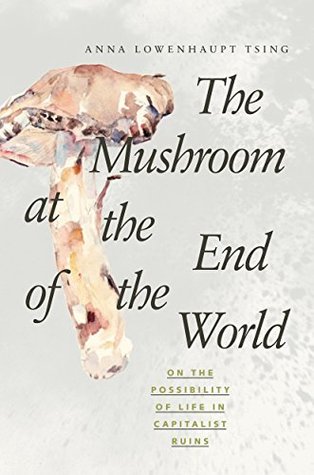One Japanese scientist explained matsutake as the result of “unintentional cultivation,” because human disturbance makes the presence of matsutake more likely—despite the fact that humans are entirely incapable of cultivating the mushroom. Indeed, one could say that pines, matsutake, and humans all cultivate each other unintentionally. They make each other’s world-making projects possible. This idiom has allowed me to consider how landscapes more generally are products of unintentional design, that is, the overlapping world-making activities of many agents, human and not human.
Welcome back. Just a moment while we sign you in to your Goodreads account.


